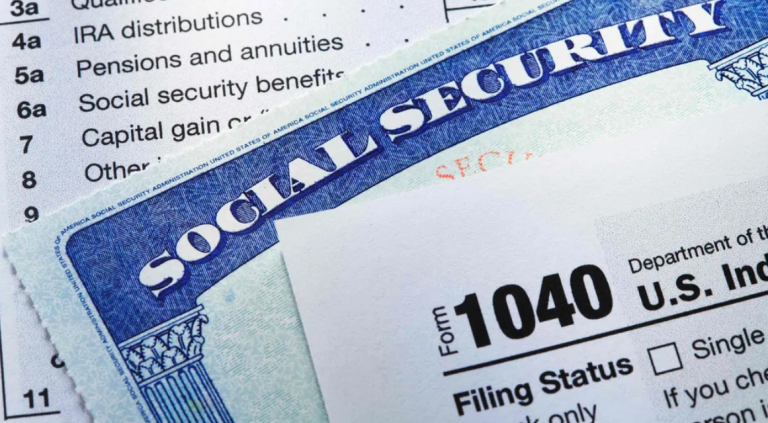Investing in the stock market can be a rewarding venture, and Walmart, the retail giant, has been a consistent player in this landscape. If you’d invested $1,000 in Walmart stock two decades ago, you would have embarked on an intriguing financial journey. This article explores the growth and value of that investment over the years.
Walmart’s Early 2000s:
In the early 2000s, Walmart was already a dominant force in the retail industry. With its commitment to providing everyday low prices to consumers, the company was expanding steadily and increasing its presence both in the United States and globally. If you’d invested $1,000 in Walmart stock in 2002, you’d have purchased approximately 20 shares at that time.
The Rollercoaster of the 2008 Financial Crisis:
The 2008 financial crisis had a significant impact on the stock market, and Walmart was not immune. However, the company’s reputation for stability and its essential services helped it weather the storm better than many other businesses. During this period, Walmart’s stock experienced fluctuations, but it remained a relatively safe haven for investors.
Walmart’s Resilience and Dividends:
Walmart’s commitment to dividends has been attractive to long-term investors. The company has a history of returning value to shareholders through consistent dividend payouts. These dividends can make a substantial difference in the value of your investment over time.
Digital Transformation and E-Commerce:
In recent years, Walmart has made strategic investments in e-commerce and digital transformation to compete with online retail giants like Amazon. These efforts have paid off, with substantial growth in its online sales. The adaptability of the company is evident in its ability to embrace changing consumer preferences and technological advancements.
Stock Split and Buybacks:
Walmart executed a stock split in 1999, which, if you’d held your original shares, would have effectively doubled your holdings. The company has also engaged in share buyback programs to return value to shareholders, further enhancing the value of your initial investment.
Pandemic Performance:
The COVID-19 pandemic created a surge in demand for essential products, and Walmart’s role as a retail and grocery leader positioned it well. The company’s stock price exhibited notable growth during this period, reflecting its resilience and adaptability.
What Your $1,000 Investment Would Be Worth Today:
As of September 2021, Walmart’s stock price had risen significantly over the years. If you’d invested $1,000 in Walmart stock in 2002, the approximate 20 shares purchased at that time would have significantly multiplied in value. Additionally, if you had reinvested dividends over the years, your total return would be even higher.
Walmart’s stock has been on an eventful journey over the past two decades. While the past cannot predict the future, this retrospective analysis demonstrates the potential for growth and value creation when investing in established, dividend-paying companies like Walmart. The company’s adaptability and resilience have enabled it to thrive in changing market conditions. For investors, the Walmart stock story serves as a testament to the power of long-term investments and the advantages of diversifying a portfolio with well-established, dividend-yielding stocks.



























